当前位置:网站首页>The difference between monotonicity constraint and anti monotonicity constraint
The difference between monotonicity constraint and anti monotonicity constraint
2022-07-07 10:40:00 【Xminyang】
▚ 01 Monotone Constraints Monotonicity constraint
1.1 Definitions Definition
【Monotone Constraints | SpringerLink 】
A constraint C is monotone if and only if for all itemsets S and S′:
if S ⊇ S′ and S violates C, then S′ violates C.
1.2 Key Points The main points of
Monotone constraints possess the following property. If an itemset S violates a monotone constraint C, then any of its subsets also violates C. Equivalently, all supersets of an itemset satisfying a monotone constraint C also satisfy C (i.e., C is upward closed). By exploiting this property, monotone constraints can be used for reducing computation in frequent itemset mining with constraints. As frequent itemset mining with constraints aims to find frequent itemsets that satisfy the constraints, if an itemset S satisfies a monotone constraint C, no further constraint checking needs to be applied to any superset of S because all supersets of S are guaranteed to satisfy C. Examples of monotone constraints include min(S. Price) ≤ $30, which expresses that the minimum price of all items in an itemset S is at most $30. Note that, if the minimum price of all items in S is at most $30, adding more items to S would not increase its minimum price (i.e., supersets of S would also satisfy such a monotone constraint).

▚ 02 Anti-monotone Constraints Anti monotonicity constraint
2.1 Definitions Definition
【Anti-monotone Constraints | SpringerLink】
A constraint C is anti-monotone if and only if for all itemsets S and S′:
if S ⊇ S′and S satisfies C, then S′ satisfies C.
2.2 Key Points The main points of
Anti-monotone constraints possess the following nice property. If an itemset S satisfies an anti-monotone constraint C, then all of its subsets also satisfy C (i.e., C is downward closed). Equivalently, any superset of an itemset violating an anti-monotone constraint C also violates C. By exploiting this property, anti-monotone constraints can be used for pruning in frequent itemset mining with constraints. As frequent itemset mining with constraints aims to find itemsets that are frequent and satisfy the constraints, if an itemset violates an anti-monotone constraint C, all its supersets (which would also violate C) can be pruned away and their frequencies do not need to be counted. Examples of anti-monotone constraints include min(S. Price) ≥ $20 (which expresses that the minimum price of all items in an itemset S is at least $20) and the usual frequency constraint support(S) ≥ minsup (i.e., frequency(S) ≥ minsup). For the former, if the minimum price of all items in S is less than $20, adding more items to S would not increase its minimum price (i.e., supersets of S would not satisfy such an anti-monotone constraint). For the latter, it is widely used in frequent itemset mining, with or without constraints. It states that (i) all subsets of a frequent itemset are frequent and (ii) any superset of an infrequent itemset is also infrequent. This is also known as the Apriori property.

▚ 03 Explanation explain
hypothesis : We will S violates C As an event A,S′ violates C As an event B; be S satisfies C For events not A,then S′ satisfies C For events not B.
here , according to Monotone Constraints Definition knowledge (A → B), That is to say (not B → not A);
according to Anti-monotonicity Constraints Definition knowledge (not A → not B), That is to say (B → A);
because (A → B) It doesn't necessarily mean (B → A), So both (Monotone Constraints & Anti-monotonicity Constraints) The statement is different .

▚ 04 Example Example
For an example. Consider-
C1 = Sum of elements is greater than 5
C2 = Sum of elements is at most 5
U(universe) = Set of non-negative real numbers
In case of C1,
If S violates C1, then S’ obviously violates C1 as well (S being a superset of S’)
Eg. S = {1, 2}, S’ = {2}
Hence C1 is monotonic.
In case of C2,
If S satisfies C2, then S’ obviously satisfies C2 as well (S being a superset of S’)
Eg. S = {1, 2}, S’ = {2}
Hence C2 is anti-monotonic.

▚ 05 The constraints of data mining
Constraint-Based Mining — A General Picture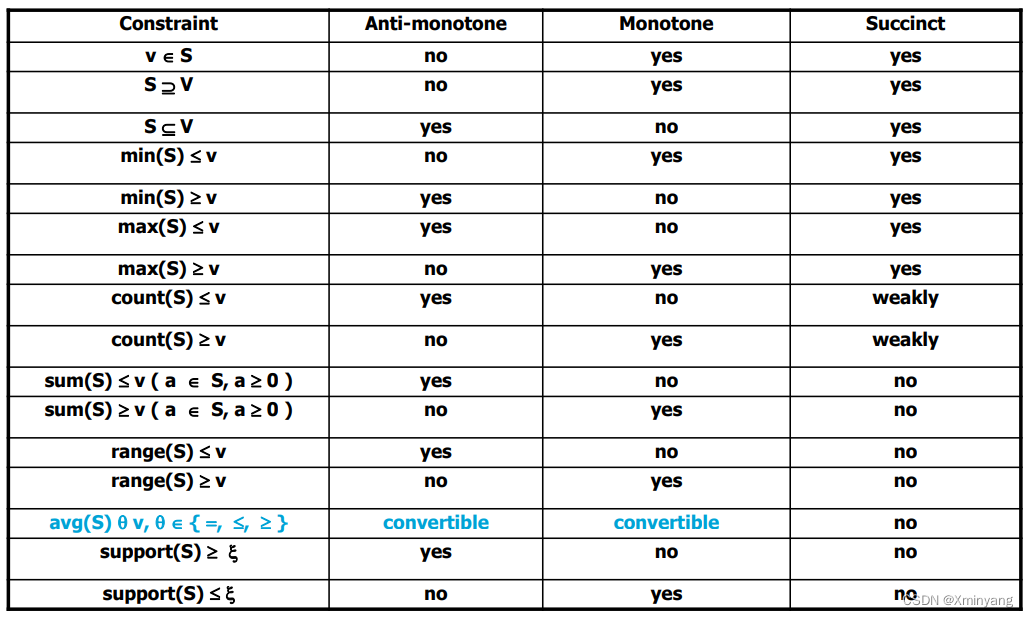

Reference article
边栏推荐
- Pre knowledge reserve of TS type gymnastics to become an excellent TS gymnastics master
- 软考信息处理技术员有哪些备考资料与方法?
- 小程序跳转H5,配置业务域名经验教程
- The mobile terminal automatically adjusts the page content and font size by setting rem
- 【推荐系统 01】Rechub
- ArrayList thread insecurity and Solutions
- Review of the losers in the postgraduate entrance examination
- Schnuka: working principle of robot visual grasping machine visual grasping
- 1321:【例6.3】删数问题(Noip1994)
- 5个chrome简单实用的日常开发功能详解,赶快解锁让你提升更多效率!
猜你喜欢
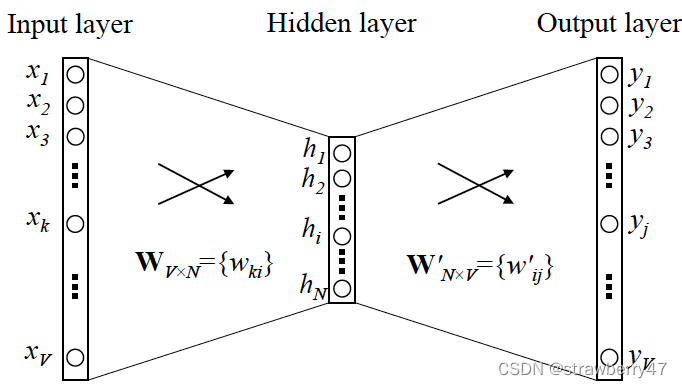
对word2vec的一些浅层理解
![P1031 [noip2002 improvement group] average Solitaire](/img/ba/6303f54d652fa7aa89440e314f8718.png)
P1031 [noip2002 improvement group] average Solitaire

Basic introduction of yarn and job submission process
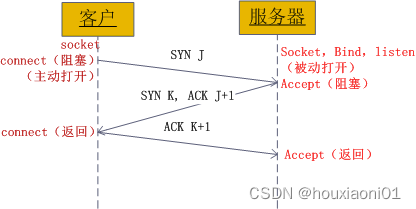
Socket communication principle and Practice
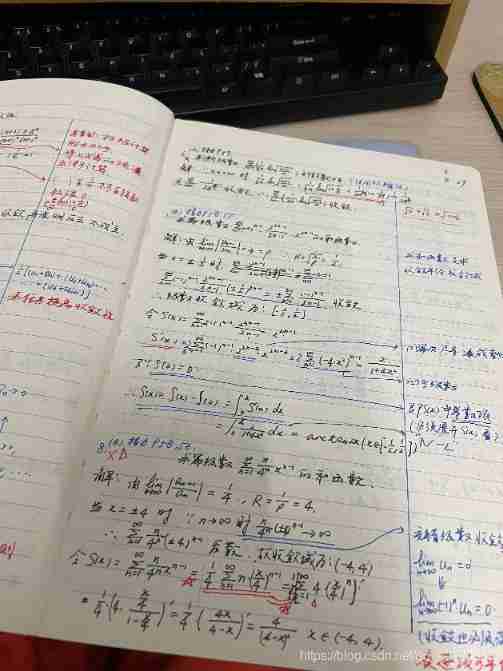
Review of the losers in the postgraduate entrance examination

What are the test preparation materials and methods for soft exam information processing technicians?
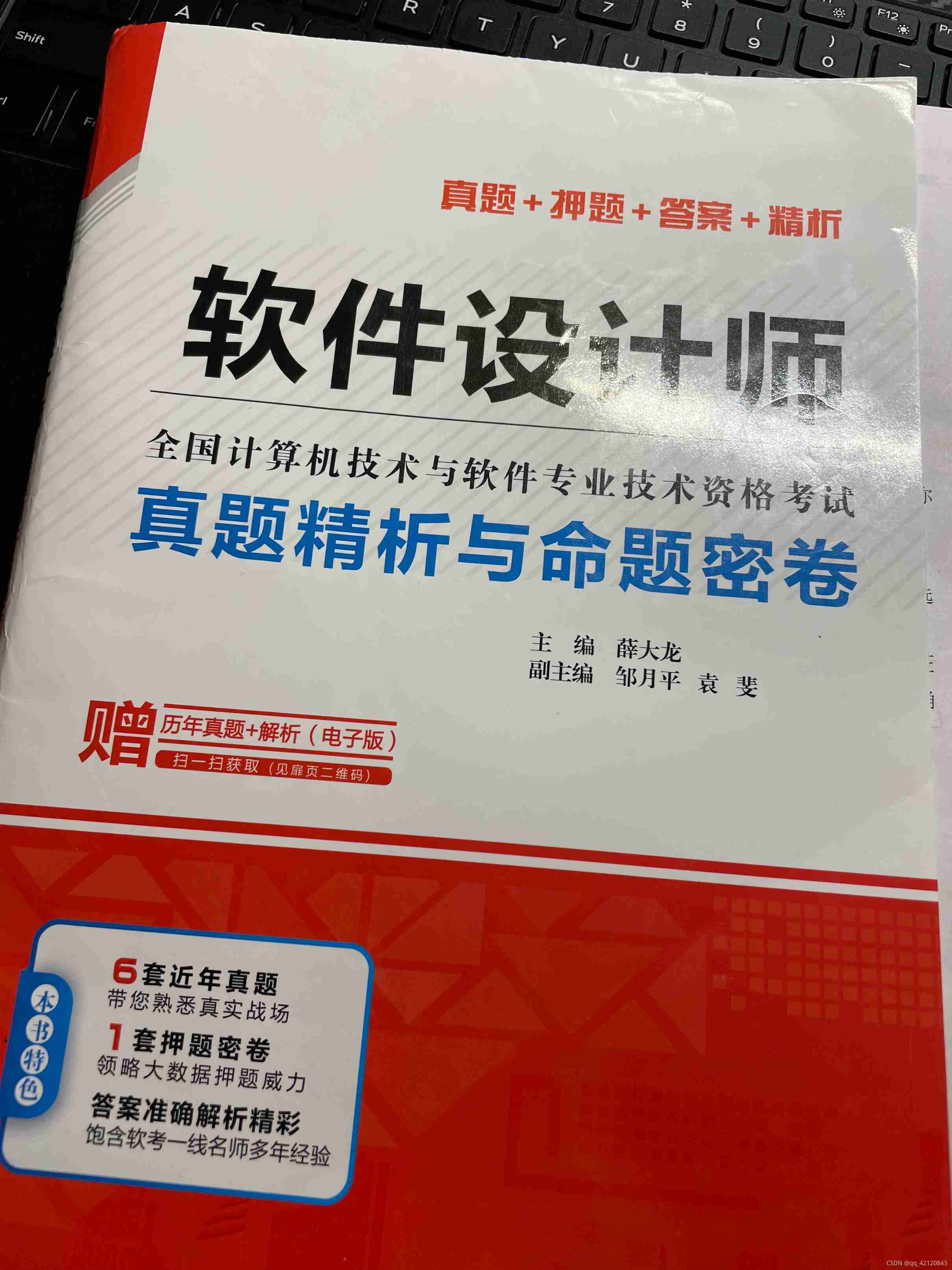
Experience sharing of software designers preparing for exams
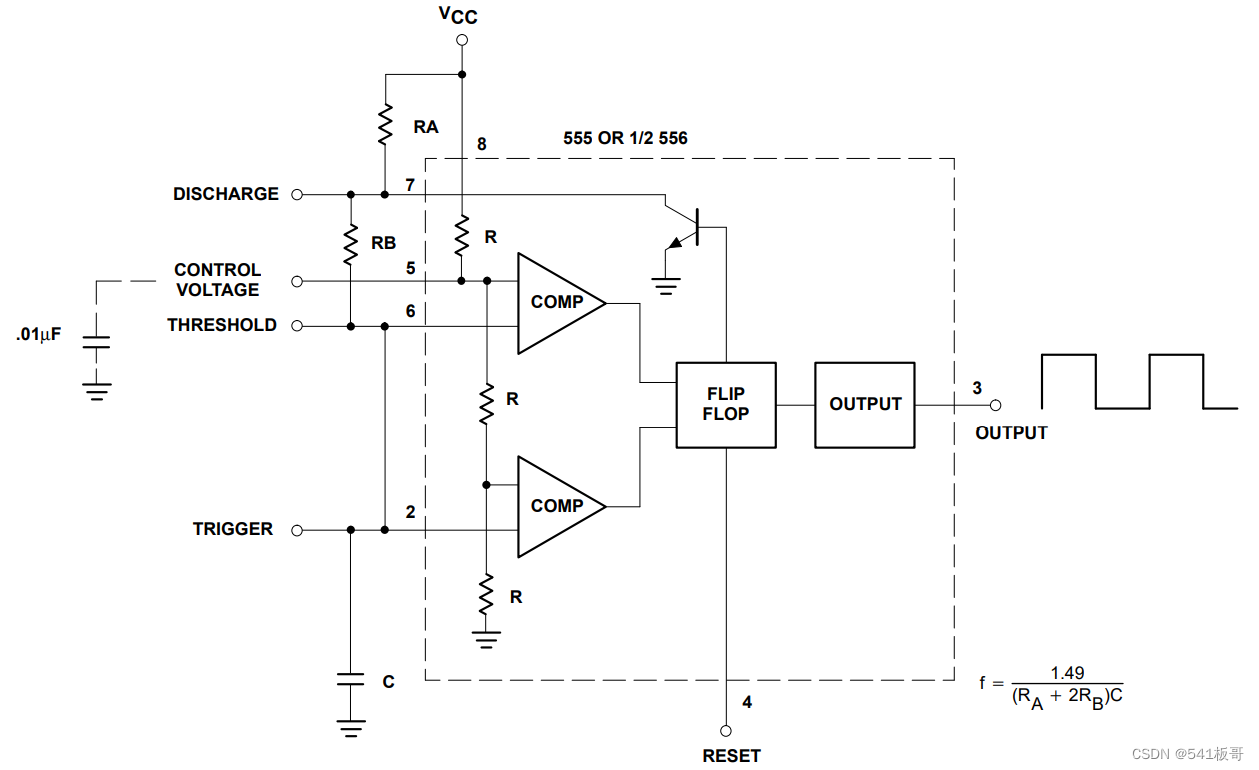
555电路详解

【推薦系統 01】Rechub
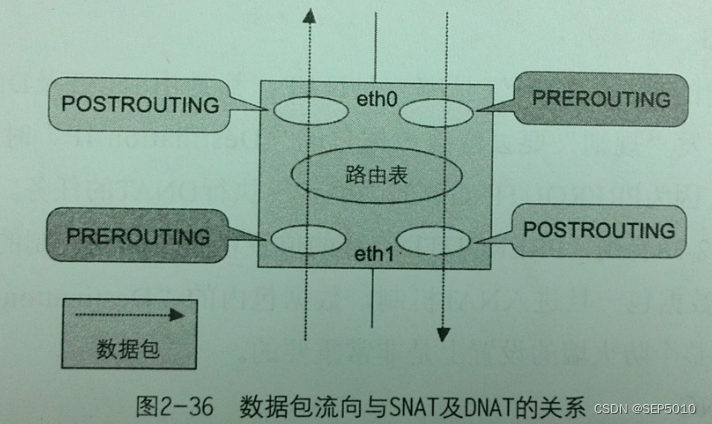
路由器开发知识汇总
随机推荐
软考中级有用吗??
555电路详解
leetcode-560:和为 K 的子数组
1323: [example 6.5] activity selection
P1223 queuing for water /1319: [example 6.1] queuing for water
@Configuration, use, principle and precautions of transmission:
gym安装踩坑记录
Kotlin realizes wechat interface switching (fragment exercise)
软考一般什么时候出成绩呢?在线蹬?
软考信息处理技术员有哪些备考资料与方法?
软考中级,软件设计师考试那些内容,考试大纲什么的?
The gun startles the dragon, and the crowd "locks" Zhou Zhi
Schnuka: machine vision positioning technology machine vision positioning principle
CC2530 zigbee IAR8.10.1环境搭建
成为优秀的TS体操高手 之 TS 类型体操前置知识储备
Mendeley -- a free document management tool that automatically inserts references into papers
小程序跳转H5,配置业务域名经验教程
Multisim -- software related skills
1324:【例6.6】整数区间
施努卡:机器人视觉抓取工作原理 机器视觉抓取